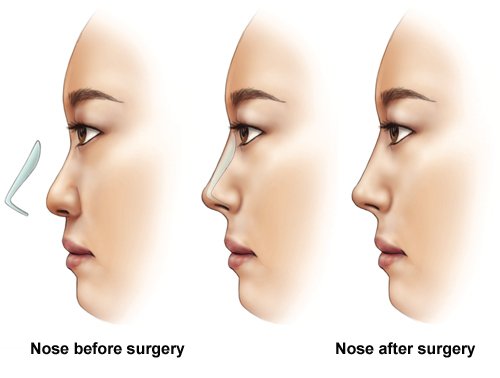
The Fascinating Evolution of Rhinoplasty: From Ancient Times to Modern Techniques
Rhinoplasty — commonly referred to as a “nose job” — has a rich and fascinating history that spans over 2,500 years. What began as a form of reconstructive surgery in ancient civilizations has evolved into one of today’s most advanced and sought-after aesthetic procedures.
🏛️ Ancient Origins: India & Egypt Lead the Way
The origins of rhinoplasty trace back to around 500 BC, where ancient Indian and Egyptian physicians performed nasal reconstruction to treat trauma, punishment-related injuries, or congenital defects.
The most notable historical figure is Sushruta, an Indian surgeon considered the “father of plastic surgery.” He described surgical techniques using cheek or forehead flaps to rebuild a damaged nose — a concept known today as the Sushruta technique. Meanwhile, ancient Egyptian papyri also detailed nasal reconstruction for post-injury treatment.
🎨 Renaissance Breakthroughs in Reconstructive Surgery
The Renaissance era brought significant progress to rhinoplasty techniques. In 16th-century Italy, Gaspare Tagliacozzi developed reconstructive procedures using skin flaps from the arm to rebuild nasal structures — particularly for patients who had lost their noses due to war injuries or infections like syphilis.
Tagliacozzi’s methods, while complex and lengthy, were foundational for the surgical advancements that followed, especially in understanding skin grafting and vascular healing.
🔬 Modern Rhinoplasty: Precision Meets Aesthetics
The 20th and 21st centuries ushered in a new era of rhinoplasty, focused not only on reconstruction but also on cosmetic refinement and functional correction. Thanks to innovations in:
- Endoscopic and open techniques
- Computer-assisted imaging and planning
- Cartilage grafting and structural preservation
- Minimally invasive tools
surgeons can now achieve natural-looking, highly personalized results. Whether for breathing improvement or aesthetic enhancement, rhinoplasty has become one of the most popular plastic surgeries worldwide, with growing demand in cities like Dubai.
🏥 Rhinoplasty in Dubai Today
At the ENT Clinic of Excellence in Dubai, we combine artistry with advanced surgical techniques to deliver rhinoplasty outcomes that align with each patient’s unique goals. Whether you’re considering cosmetic reshaping or correcting a deviated septum, our modern approach is rooted in the deep history and science of nasal surgery.
✅ Final Thoughts
The history of rhinoplasty reflects the evolution of medicine — from ancient skin grafts to cutting-edge surgical precision. As techniques continue to evolve, today’s patients benefit from centuries of innovation that make nose surgery safer, more effective, and more refined than ever before.